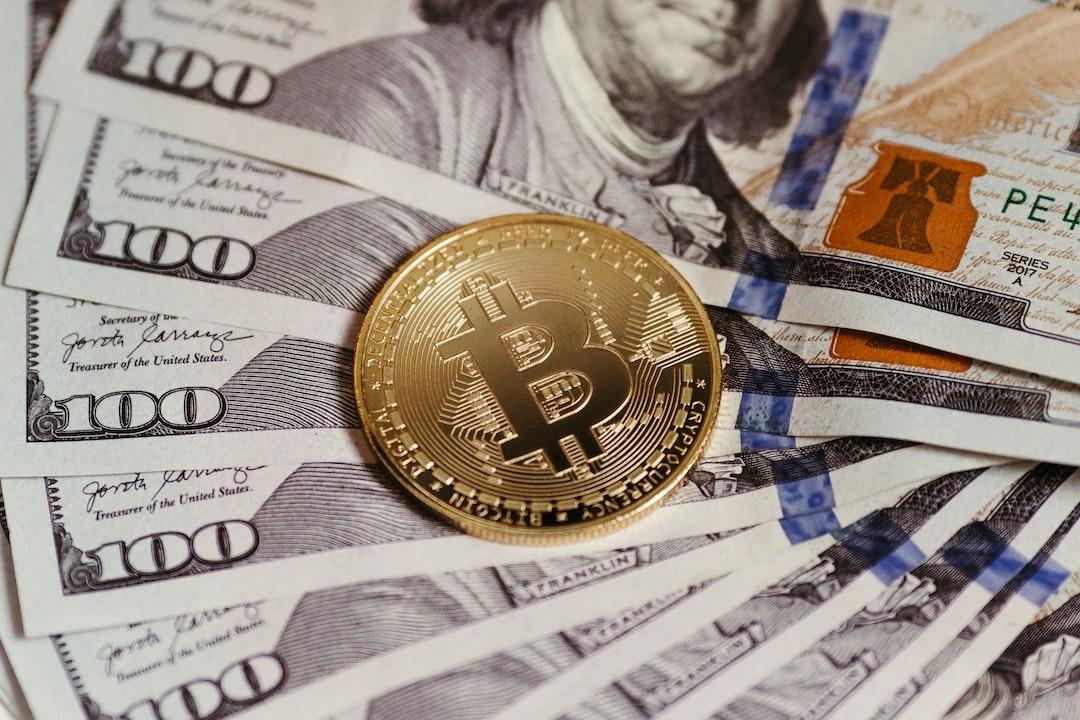Bitcoin (BTC) experienced a 3.3% drop on May 14, testing the $61,000 support level before quickly bouncing back. This correction marked the second failed attempt within a week to surpass $63,500. Despite this, Bitcoin bulls remain optimistic, as indicated by BTC derivatives metrics.
While the current trend in Bitcoin’s price may seem bearish, some analysts believe there is still a good chance for prices to surpass $70,000.
Cryptotoad, a trader and analyst, was impressed by how well the $60,500 support level held. However, he believes that a higher high, specifically a daily close above $67,000, is needed to break the current bearish pattern. While this analysis does not rule out a potential price recovery, it does suggest that prices below $57,000 are likely in May.
On May 14, investor disappointment was fueled in part by the United States Producer Price Index (PPI) data for April, which showed a 0.5% month-over-month increase. This increase in wholesale inflationary pressure led the market to believe that the U.S. Federal Reserve would maintain higher interest rates for a longer period of time. This is seen as detrimental to risk-on assets like cryptocurrencies and growth stocks.
While some argue that inflation is inherently positive for Bitcoin due to its strict monetary policy, investors tend to seek cash and short-term bonds during times of fear and uncertainty. Yields on two-year U.S. Treasury notes dropped from 5.03% on May 1 to 4.84% on May 14, indicating that traders are willing to pay a higher price for these fixed-income instruments.
Despite higher-than-anticipated inflation data, Bitcoin derivatives data did not reflect negative sentiment. The annualized BTC futures premium remained largely unaffected by the worsening macroeconomic conditions and Bitcoin’s inability to sustain prices above $63,500. The current 8% premium sits in the middle of the neutral market, allowing room for negative surprises.
To assess if professional traders have become more pessimistic about Bitcoin after its drop to $61,000, one should examine BTC monthly futures contracts. In neutral markets, these contracts typically trade at a 5%-10% premium relative to BTC spot markets. Data shows that the annualized BTC futures premium was not significantly impacted by recent events, leaving room for negative surprises.
Examining the Bitcoin options market can also provide insights into the demand for hedges following the recent price correction. The BTC options 25% delta skew has remained in a neutral range since May 8, indicating that market participants have priced call and put instruments similarly. This suggests that professional traders have not changed their assessment of risks for downside swings despite the weakness in Bitcoin’s price.
Bitcoin bears have displayed strength with the last daily close above $65,000 occurring three weeks ago on April 23. However, bulls have not been affected by the lack of momentum, which seems to be driven by investors temporarily shifting towards cash positions. If the inflationary issue in the U.S. persists, market participants may be forced to seek alternatives, keeping Bitcoin’s path to $70,000 for 2024 in play.
Note: This article does not provide investment advice or recommendations. Readers should conduct their own research before making any investment decisions.

